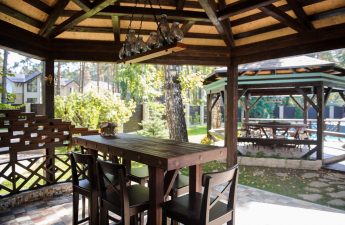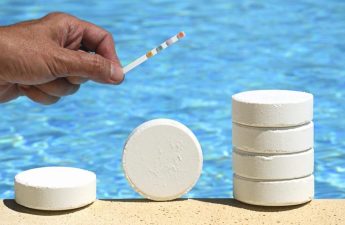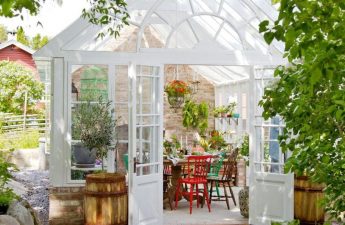Spring is a great time to refresh your garden andput it in order. Are you worried that you will face a lot of difficulties in this matter? Don't worry, our tips will help you put everything in its place and give you confidence in your abilities. Another cold winter has ended. And in its place, as usual, spring has come, which brings with it new life, when the trees bloom, and many beautiful butterflies appear around. Also, do not forget that spring is the time when you can not only walk in nature, but also take care of your garden plot. A great idea? That's for sure, but before you grab a shovel and run to the garden, read our useful tips, they will help you avoid common mistakes.
1. Research plants before buying
Before purchasing any plant,You need to find out the following: is it local or will it have to adapt to your climate; where is it best to grow: in the sun, in the shade or in partial shade; how big can your seedling grow. All this will help you choose the right place, follow landscape rules and not harm other plants on the site.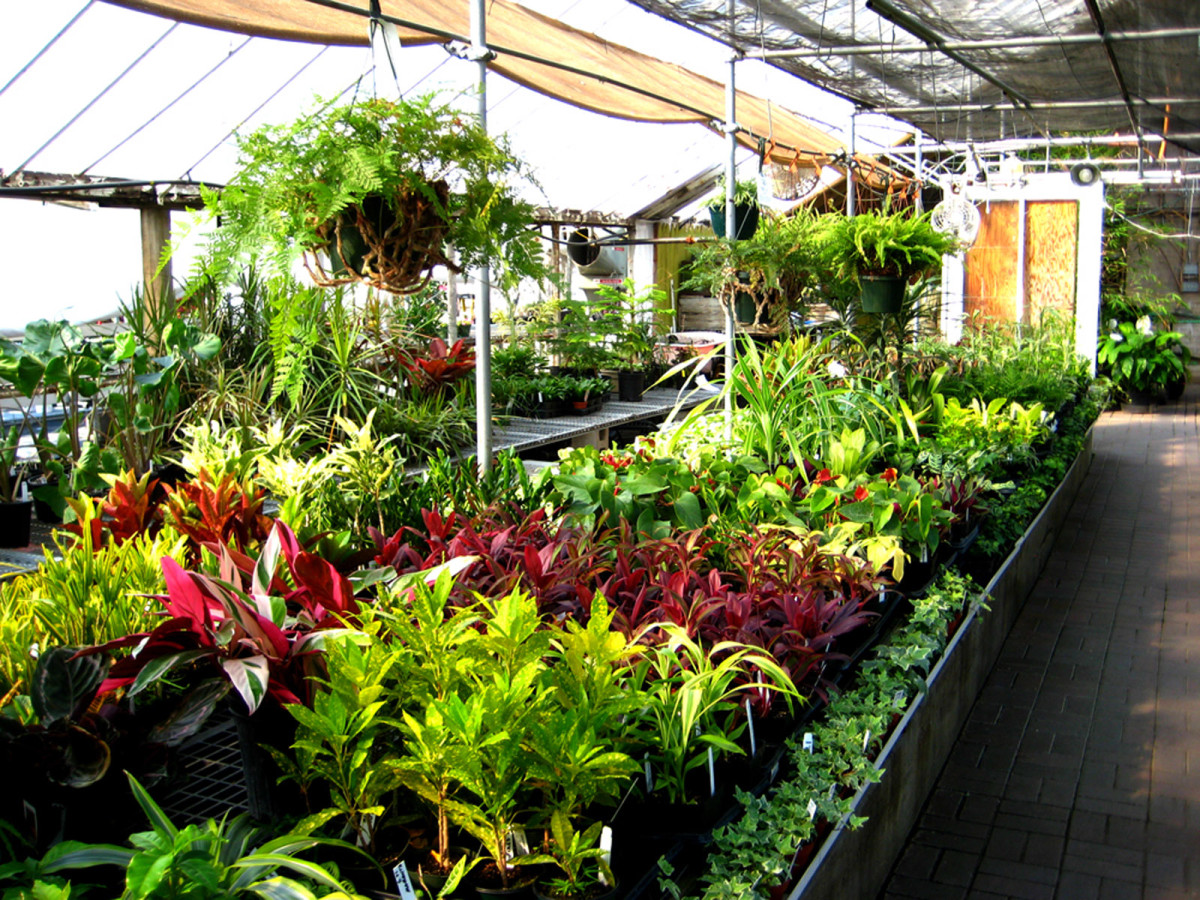
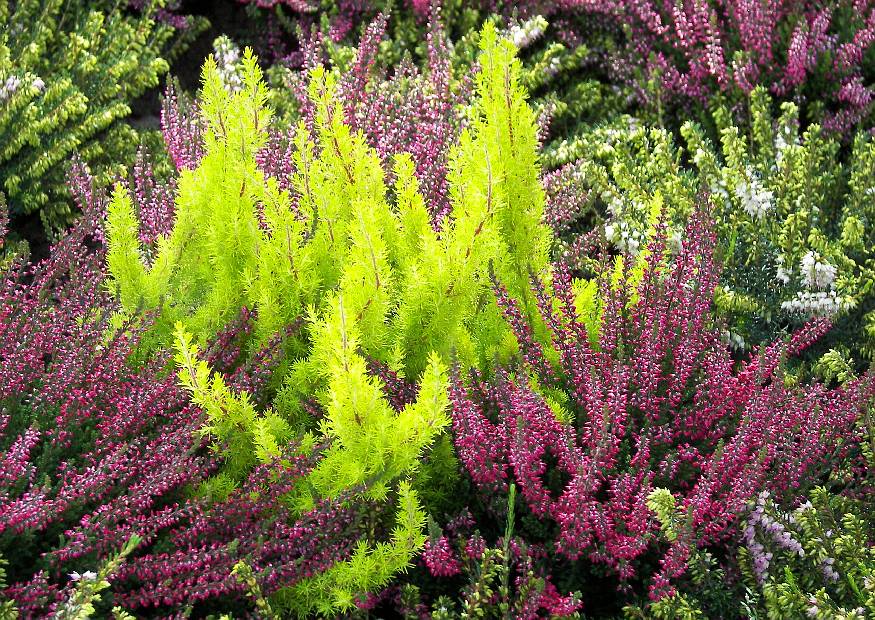
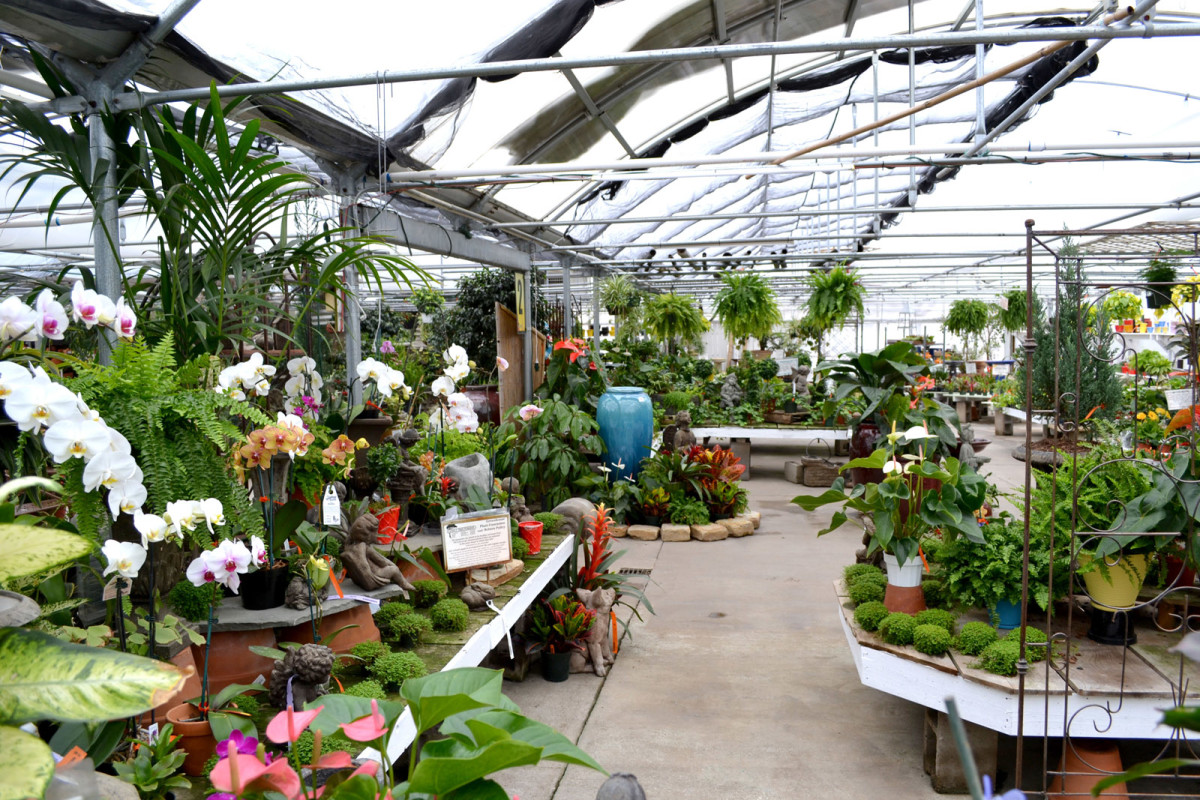
2. Choose healthy plants
When you buy plantings for yourgarden, carefully examine its leaves, stems and bark for damage, withered or eaten leaves, look at their color, so that they are not brown or yellowed. Pale spots can also indicate some kind of disease. It will also be advantageous to take a plant that has not yet blossomed, since a flowering specimen will quickly shed its blossoms, redirecting its internal resources to the development of its roots.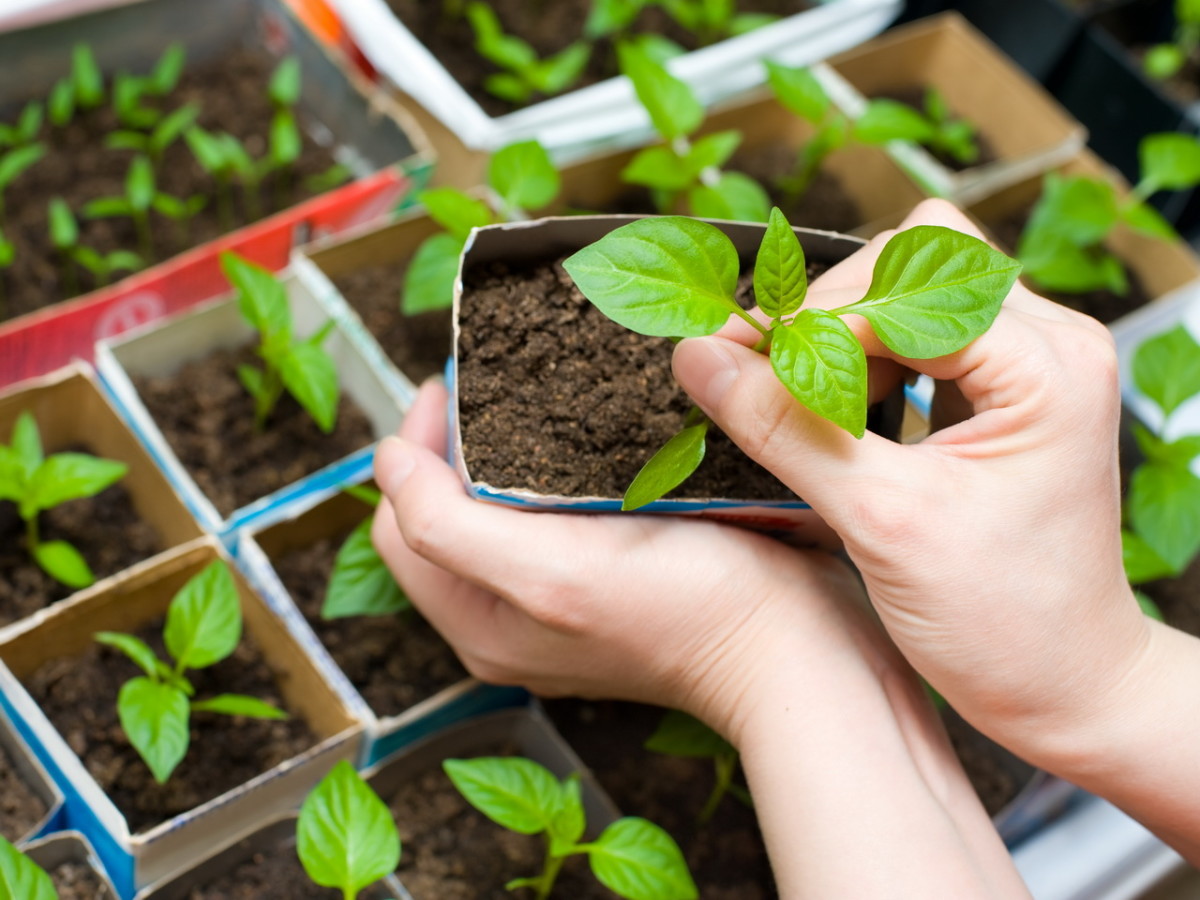
3. Give preference to smaller trees and plants
To save money and time, it is better to choosesmall plants. Even if a large tree looks more advantageous and attractive, believe me, it will be much more troublesome and will require more care and time for its adaptation.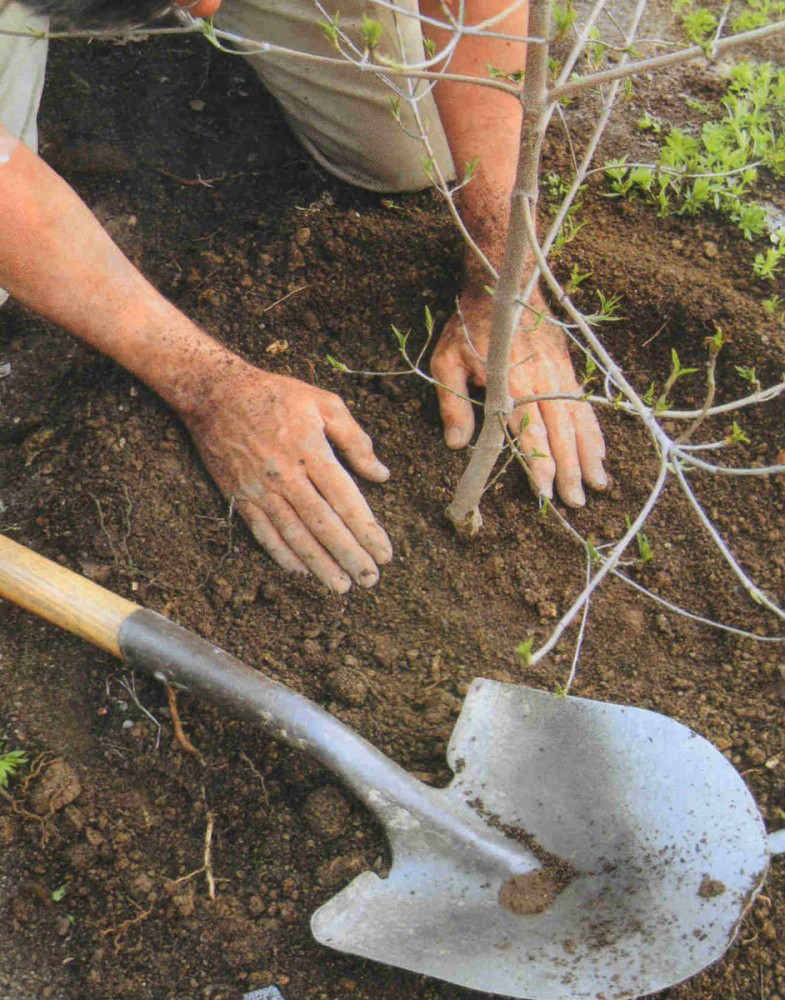
4. Dig a hole three times wider than the root ball.
This rule will allow the fragile seedling to grow very wellquickly and safely integrate into your garden. Such factors will create favorable conditions for the development of a young root system. Moreover, you cannot dig a hole deeper than the root ball, it is better to make it a little shallower, about 5 centimeters.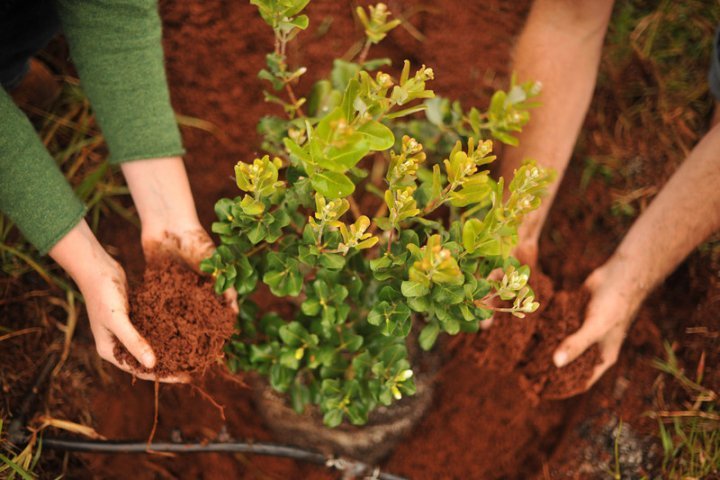
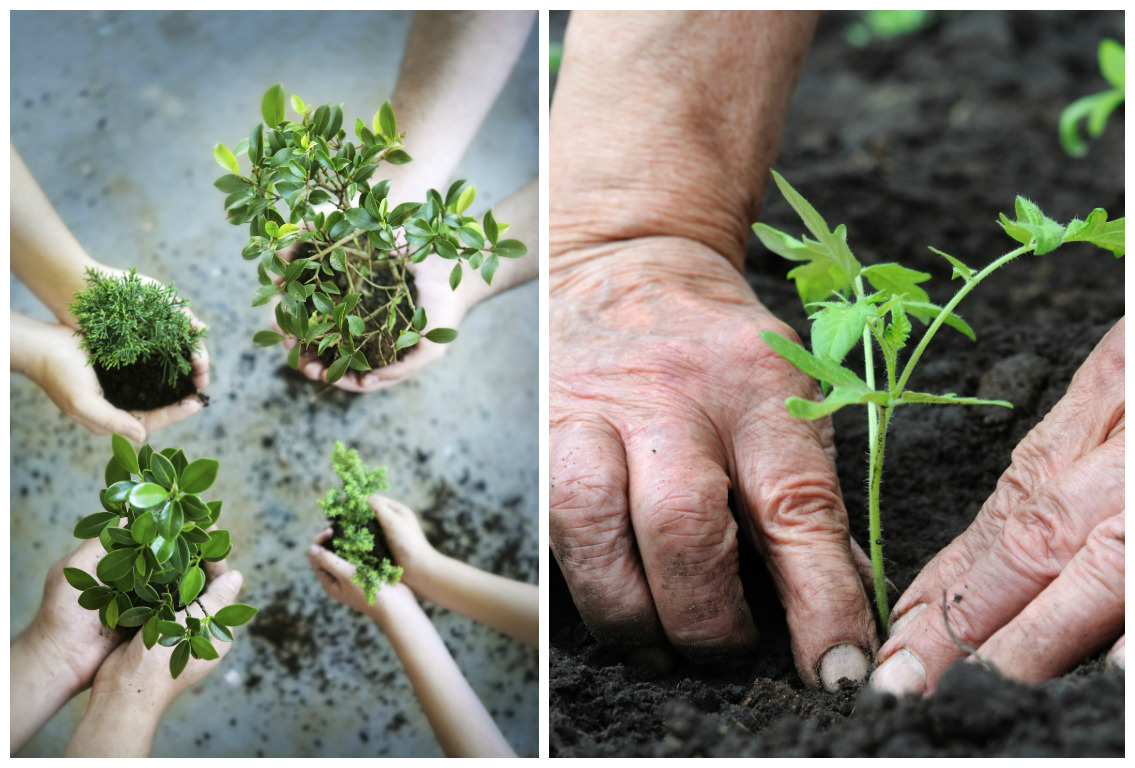
5. Mulch and improve the soil with compost when planting.
An old, time-tested methodMulching is still relevant today. In addition to the fact that it has many useful functions and properties, it also looks aesthetically beautiful from the outside. You can mulch with almost anything, from leaves and straw to plastic and geotextiles. They also use completely decomposed compost, which also enriches the plant with nutrients and microelements. It is especially beneficial to do this if the plant is not from the local climate - this will help it cope with adaptation to new conditions.
6. Do not add fertilizer immediately after planting.
A common mistake many beginners make is to immediatelystart fertilizing the plant so that it grows big, beautiful and healthy. You need to know that when planting, the plant redirects all its resources to the development of the root system in order to begin to abundantly absorb water from aquifers and firmly anchor itself in the ground. And only then does its upper part begin to develop. Fertilizers activate the development of the green part, while the roots suffer. Therefore, if this is not a local plant, before fertilizing it, you need to wait until it begins to grow itself. If this is a fruit seedling, it is better to wait at least a year. As for local plants, if you start adding fertilizers, you can only make things worse, because the foliage will actively develop to the detriment of flowering.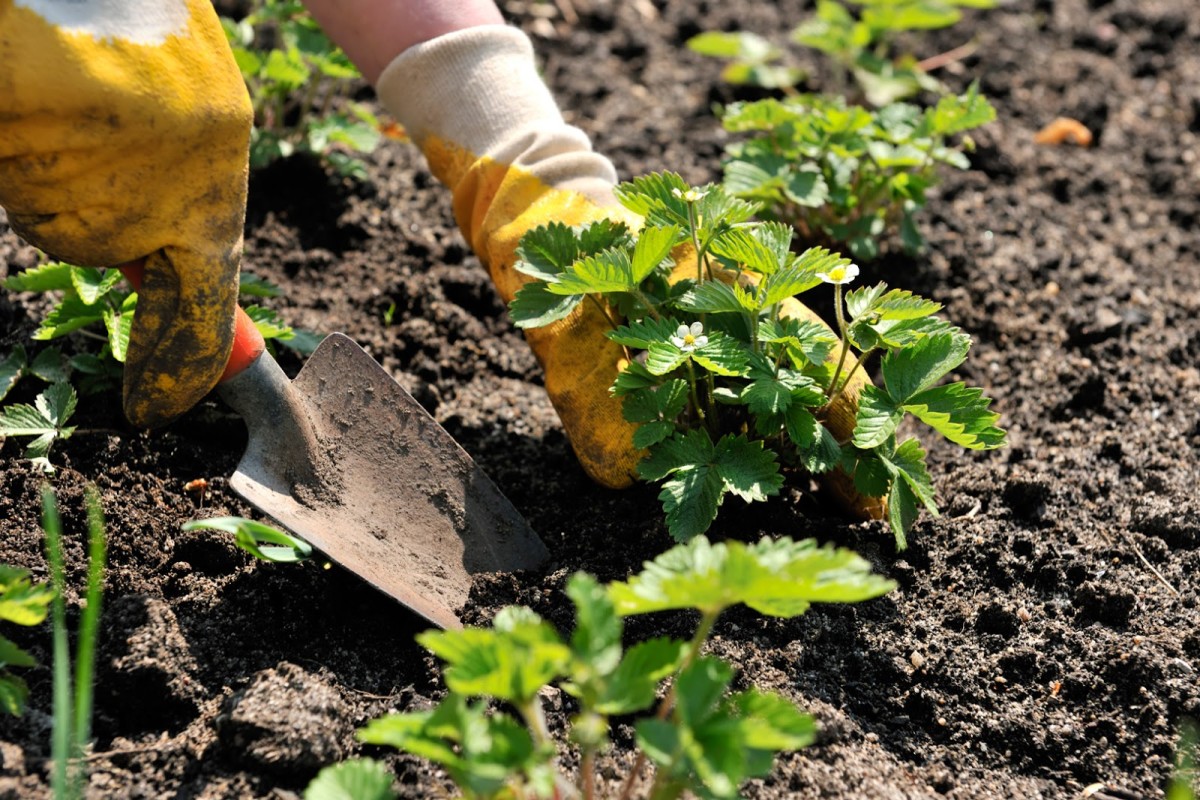
7. Water new plants thoroughly and frequently.
It may seem that this is obvious, butintuitive level, but still, we should not forget how important water is for plants. Young seedlings especially need careful and abundant watering, and this regime can last up to a year, and only then can it be watered on par with other plants in the garden.
8. Be patient, and then a beautiful garden with a good harvest awaits you.
Perhaps this is the hardest part - waitingresults of your painstaking work. But believe me, it's worth it. When you know that with your own hands you have grown a big, healthy and beautiful tree from a small, fragile seedling, the feeling of satisfaction and joy, as well as a good harvest, will be an excellent reward for your efforts.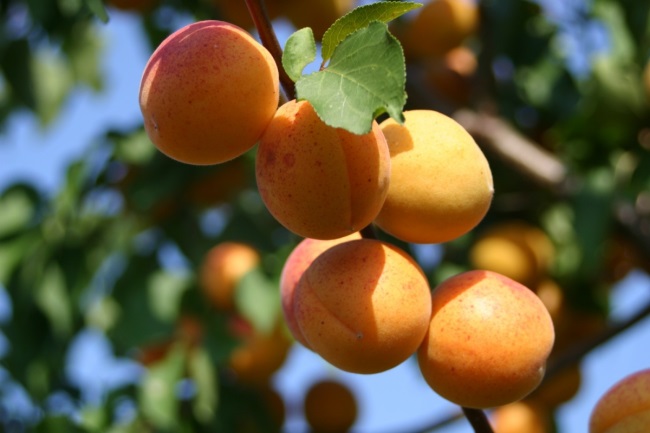

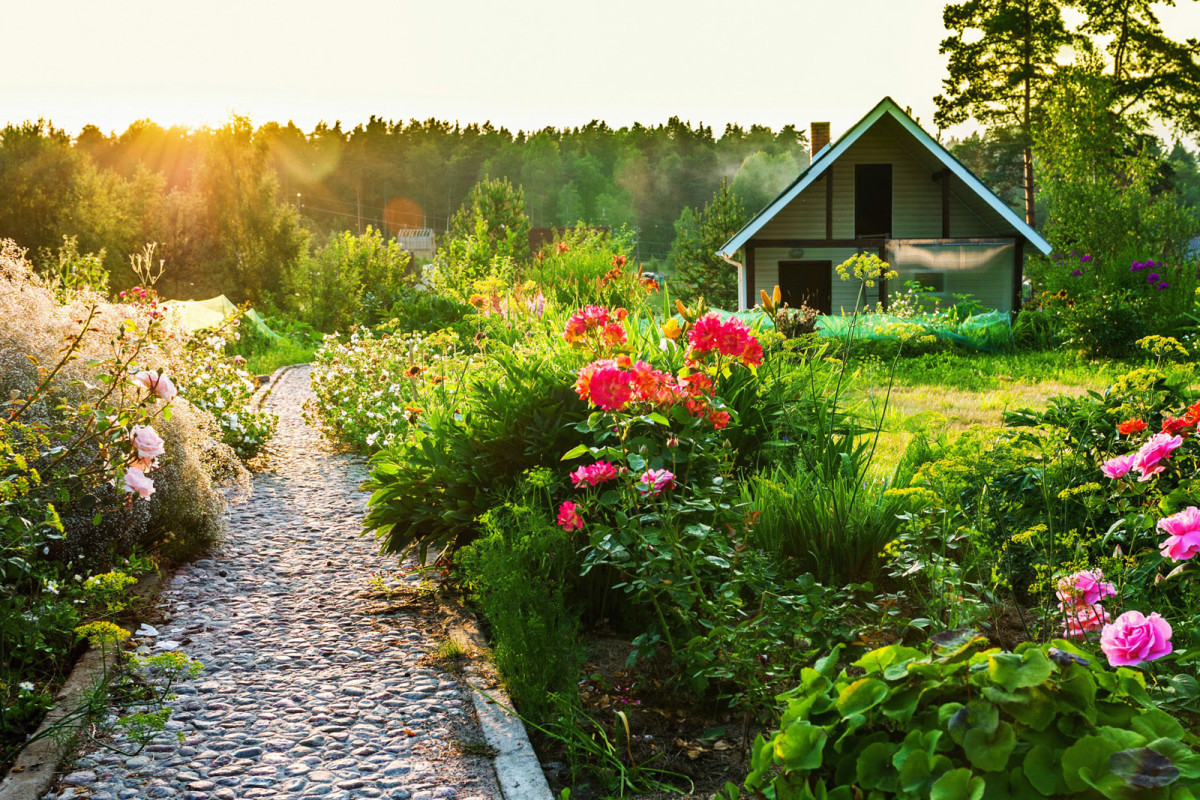 magazinzahrada.cz, pinterest.com, hqwide.com, dachnicam.ru, archnet.pl
magazinzahrada.cz, pinterest.com, hqwide.com, dachnicam.ru, archnet.pl
